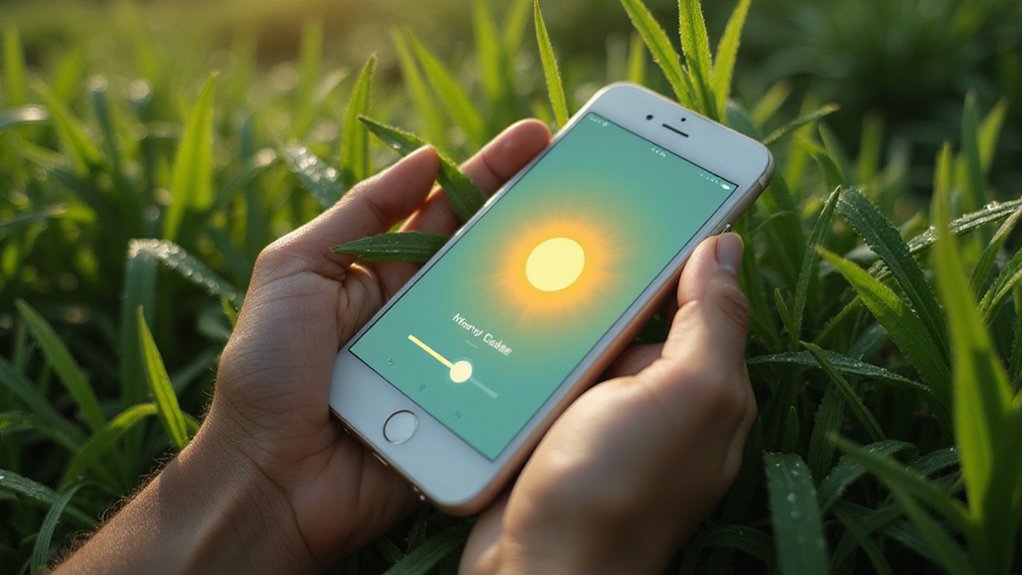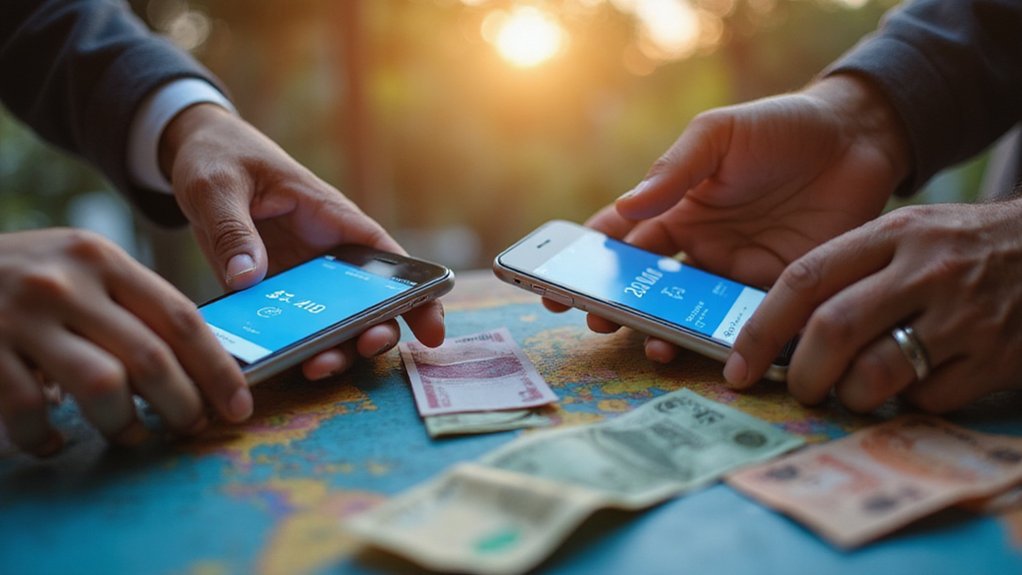The entrepreneurial restlessness that compels tech moguls to pivot from billion-dollar platforms to seemingly mundane pursuits has found its latest expression in Jack Dorsey’s Sun Day app—a curious venture that transforms the ancient human ritual of basking in sunlight into a quantified, data-driven experience.
Despite colorful reports suggesting Sun Day tracks “how much grass you’re touching,” the reality proves considerably more prosaic. The iOS beta application, currently distributed through TestFlight, focuses exclusively on UV exposure monitoring and vitamin D synthesis estimation—a far cry from measuring one’s communion with actual turf. This apparent misinterpretation likely stems from the app’s emphasis on outdoor activity context rather than any literal grass-contact metrics (which would represent a fascinating engineering challenge, albeit an impractical one).
The reality proves considerably more prosaic than colorful reports suggest—sophisticated sunbathing optimization rather than literal turf communion metrics.
The app’s core functionality revolves around location-based UV index calculations, incorporating user inputs including skin type classification, clothing coverage, and manually logged sun exposure duration. Users receive personalized recommendations for safe exposure limits—their “burn time”—alongside estimated vitamin D production based on dermatological characteristics and environmental conditions. Sun Day emerged just one week after Dorsey’s peer-to-peer messaging app Bitchat, demonstrating his rapid iteration approach to product development.
Real-time weather integration provides sunrise/sunset data and cloud cover details, creating a thorough solar exposure profile.
Dorsey’s open-source approach, with code hosted on GitHub, reflects his broader exploration of AI-assisted health technology tools. The transparency allows examination of data handling practices—particularly relevant given the app’s reliance on location services and privacy-sensitive health metrics. The project was developed using open-source and AI-based coding tools, demonstrating Dorsey’s commitment to collaborative development methodologies. Unlike traditional financial platforms, the app enables users to engage without paperwork or institutional approval processes, leveraging blockchain-based smart contracts for certain verification functions.
Users must manually input skin type selections from six available categories and log exposure sessions, while the algorithm processes local UV conditions against personal risk factors.
The venture addresses legitimate health concerns, particularly for individuals with darker skin tones, limited outdoor exposure, or residence in higher latitudes where vitamin D deficiency becomes more prevalent. By gamifying solar exposure optimization, Sun Day attempts to balance the dermatological benefits of controlled sunlight against overexposure risks.
Whether this represents sound capital allocation or merely another Silicon Valley solution seeking a problem remains debatable. The app’s beta status suggests ongoing development, though its ultimate market viability depends on user adoption rates for what amounts to sophisticated sunbathing optimization—hardly the next Twitter, but perhaps serviceable enough for Dorsey’s restless innovation appetite.









